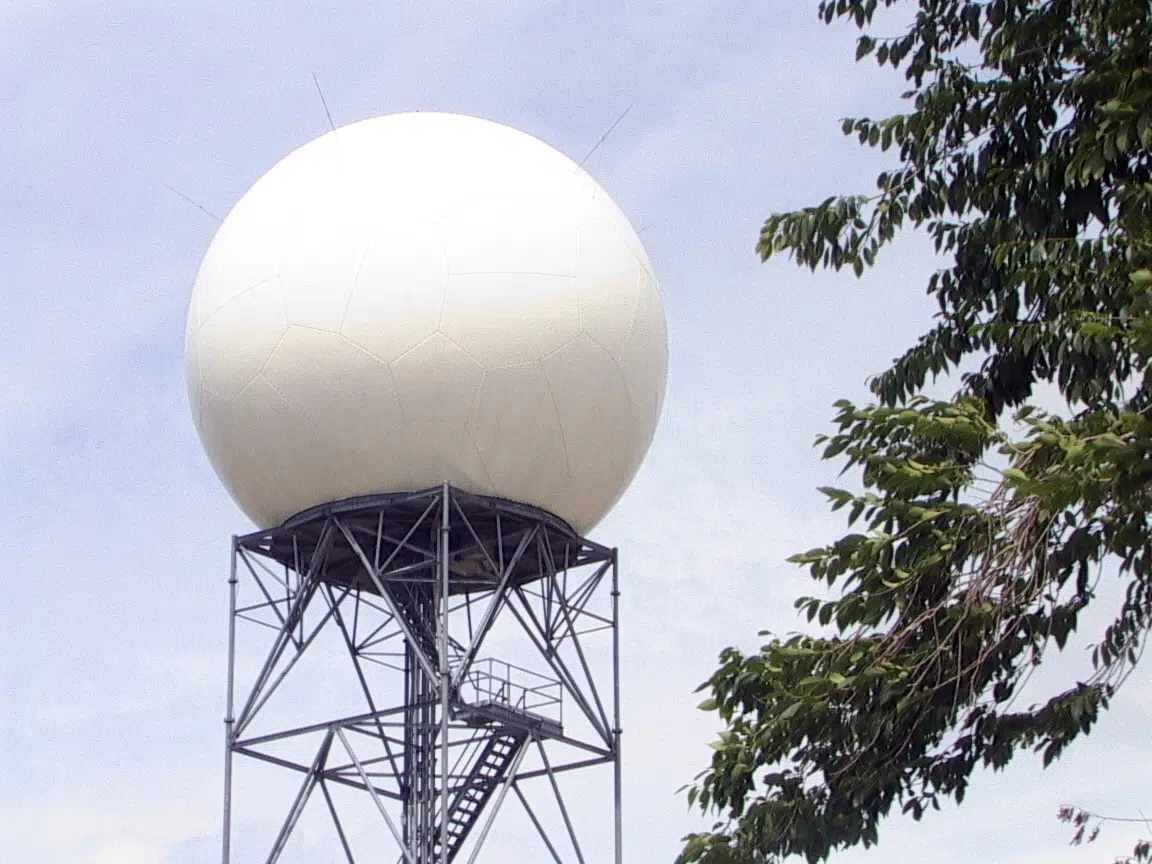
New weather forecasting technology due by February
New weather forecasting technology that will offer quicker and more accurate data is coming to our region but it’s still three months away. And there were signs this week that the new system is much-needed.
The first in a series of 20 confirmed new-generation dual polarization Doppler radars across the country is being commissioned in Radisson, the site of the original Doppler site rolled out 36 years ago. Thirteen more are also potentially in the pipeline.
“It’s finishing its acceptance testing at the beginning of December,” Peter Leibiuk, the engineering authority which is overseeing the project, told paNOW. “It’ll be operating with an internal feed up until February when the forecasters will then get the official feed from the radar and shortly after the weather office will have public images.”
The Radisson station project is a complete replacement of the original, which carried the serial number ‘001’ for the then state-of-the art technology for Canada back in 1981. The latest radars will offer far more precise detection of various weather systems.


